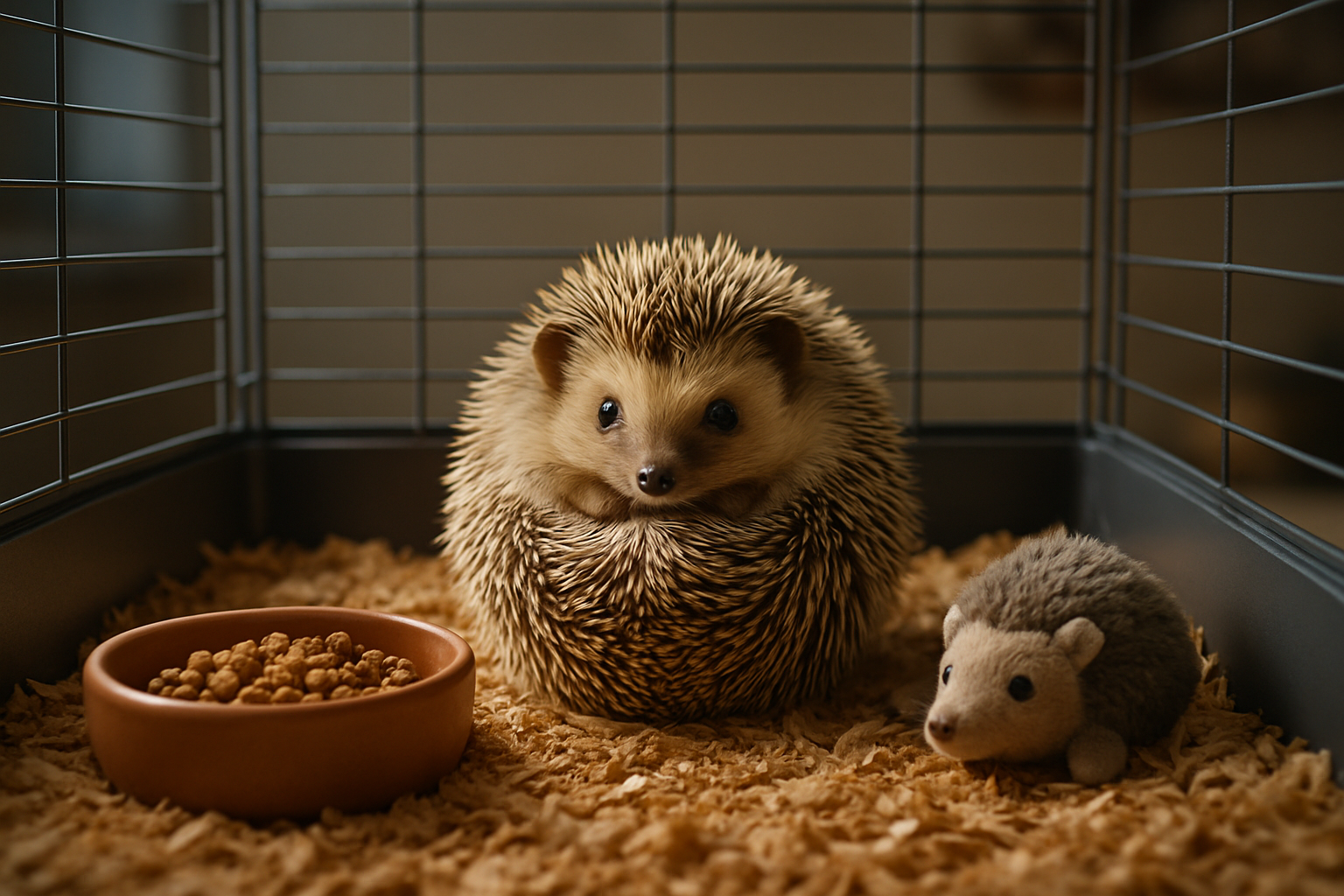Hedgehog Habitats: Creating the Perfect Prickly Paradise
Hedgehogs, those adorable spiny mammals, have captured the hearts of pet enthusiasts worldwide. As their popularity grows, so does the need for proper housing and care. This article delves into the intricate world of hedgehog habitats, exploring innovative designs, essential elements, and the latest trends in creating the ultimate prickly paradise for these charming creatures.

The Evolution of Hedgehog Housing
Hedgehog habitats have come a long way since these animals first gained popularity as pets. Initially, many owners used basic wire cages or small plastic containers, which failed to meet the complex needs of these curious creatures. As understanding of hedgehog behavior and physiology improved, so did their housing options.
Today, hedgehog enthusiasts recognize the importance of spacious, multi-level enclosures that mimic the animal’s natural environment. Modern habitats often feature climbing structures, hiding spots, and various textures to encourage natural behaviors like foraging and exploration. This shift towards more naturalistic housing has significantly improved the quality of life for pet hedgehogs.
Essential Components of a Hedgehog Habitat
Creating an ideal hedgehog habitat requires careful consideration of several key elements. The foundation of any good setup is a spacious enclosure, with experts recommending a minimum of 2 square feet of floor space per hedgehog. Larger is always better, as it allows for more enrichment opportunities.
Substrate choice is crucial, with many owners opting for fleece liners or paper-based bedding to prevent injury to sensitive paws. A sturdy exercise wheel is a must-have, as hedgehogs are naturally active and need regular exercise to maintain their health. The wheel should have a solid surface to prevent foot injuries and be large enough to accommodate the hedgehog’s size.
Hiding spots are essential for these nocturnal animals, providing security and mimicking their natural burrowing instincts. Ceramic hides, fleece pouches, and PVC pipes are popular choices. Multiple hiding spots throughout the enclosure offer variety and comfort.
Temperature Control and Lighting
Maintaining the proper temperature is critical for hedgehog health. These animals thrive in temperatures between 72-80°F (22-27°C), with consistent warmth being essential to prevent attempts at hibernation, which can be fatal for domesticated hedgehogs. Many owners use ceramic heat emitters or space heaters to regulate temperature, along with digital thermometers for accurate monitoring.
Lighting is another crucial aspect of hedgehog care. While they are nocturnal, hedgehogs benefit from a consistent day-night cycle. Many owners use timers to provide 12-14 hours of indirect light daily, helping to regulate the hedgehog’s natural rhythms and behaviors.
Enrichment and Accessories
Enrichment is key to preventing boredom and encouraging natural behaviors in captive hedgehogs. Toys and accessories should be rotated regularly to maintain interest. Popular options include tunnels, balls with bells, and puzzle feeders that dispense treats or kibble.
Climbing structures, such as ramps or low platforms, can add vertical space to the habitat and provide exercise opportunities. However, it’s important to keep these low to the ground, as hedgehogs are not adept climbers and can injure themselves from falls.
Water sources should be easily accessible, with many owners preferring small animal water bottles to prevent bedding from getting wet. Some hedgehogs prefer shallow water dishes, so offering both options can cater to individual preferences.
Innovative Habitat Designs
The pet industry has responded to the growing demand for specialized hedgehog habitats with innovative designs. Multi-level enclosures that maximize vertical space while ensuring safety have become increasingly popular. These often feature removable levels for easy cleaning and customization.
Some cutting-edge habitats incorporate technology, such as automated feeders, temperature-controlled heating pads, and even webcams for remote monitoring. While these high-tech additions can be convenient, it’s important to remember that they should complement, not replace, regular interaction and care.
Custom-built enclosures are also on the rise, with dedicated owners creating elaborate setups that resemble miniature landscapes. These can include naturalistic features like rock formations, safe live plants, and even small water features, all designed to stimulate the hedgehog’s senses and encourage natural behaviors.
In conclusion, creating the perfect hedgehog habitat is a blend of science, creativity, and understanding of these unique animals’ needs. As our knowledge grows and technology advances, so too do the possibilities for providing our prickly companions with truly enriching environments. By prioritizing space, safety, and stimulation, we can ensure that pet hedgehogs not only survive but thrive in our care.





